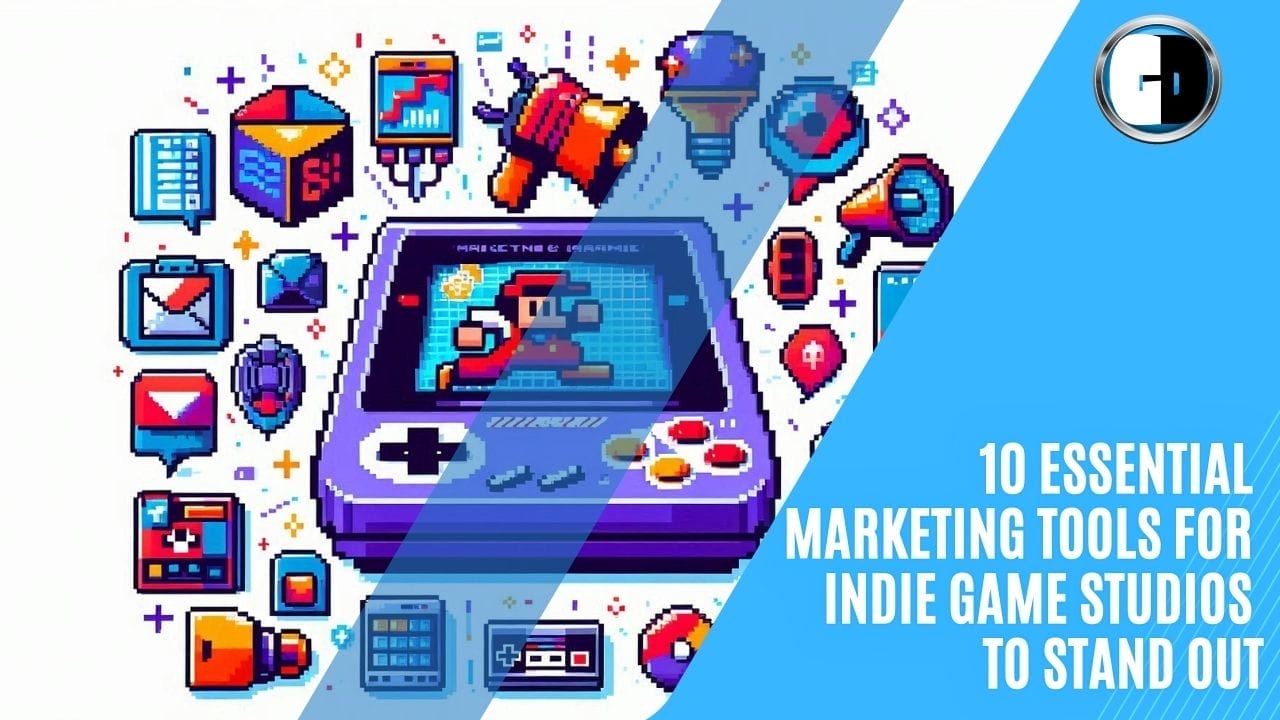Introduction to Essential Marketing Tools for Indie Game Studios: Understanding the Indie Game Marketing Battlefield
Indie game studios face a daunting challenge when it comes to marketing their creations. Unlike big-budget AAA titles indie devs often operate with shoestring budgets and skeleton crews. This reality makes effective promotion a Herculean task. Yet with the right tools and strategies indie studios can carve out their niche in the crowded gaming market.
Marketing an indie game ain’t no walk in the park. Developers pour their hearts and souls into crafting unique gaming experiences but often struggle to get eyeballs on their work. Budget constraints manpower limitations and fierce competition create a perfect storm of marketing mayhem. However smart studios recognize that these obstacles aren’t insurmountable – they’re opportunities for creativity and innovation.
This article was inspired and based on twitter thread from Kevin Chancey with a great list of interesting tools to drive indie game marketing.
Key Takeaways:
- Indie game marketing requires strategic planning and creative approaches
- Utilizing the right tools can significantly boost marketing effectiveness
- Tailoring marketing strategies to your game’s genre enhances audience engagement
- Integrating multiple marketing channels creates a comprehensive outreach strategy
- Continuous monitoring and adjustment of tactics based on analytics is crucial for success
The Emotional Rollercoaster of Indie Marketing
Let’s face it: marketing can be a real bummer for indie devs. The pressure to promote your game while simultaneously polishing it can lead to some serious stress. Many creators feel torn between their artistic vision and the need to “sell” their work. This internal conflict can put a damper on creativity and lead to burnout.
But here’s the thing: effective marketing doesn’t have to be soul-crushing. By embracing strategic approaches and leveraging the right tools indie studios can transform marketing from a necessary evil into an exciting opportunity to connect with players. It’s all about finding the sweet spot between artistic integrity and savvy promotion.
10 Tools for games marketing
1. PressEngine (@press_engine)
This nifty tool enables indie devs to blast press releases to every gaming outlet complete with review keys. It tracks online coverage and centralizes your entire PR operation on one slick platform. The staff exudes friendliness and support plus their CEO happens to be named Phil Collins. Talk about a groovy coincidence!
.

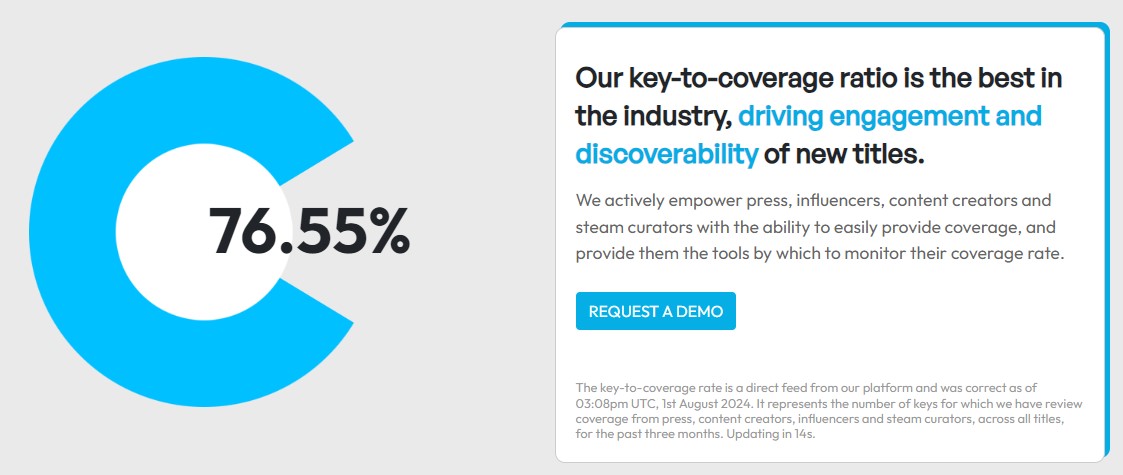
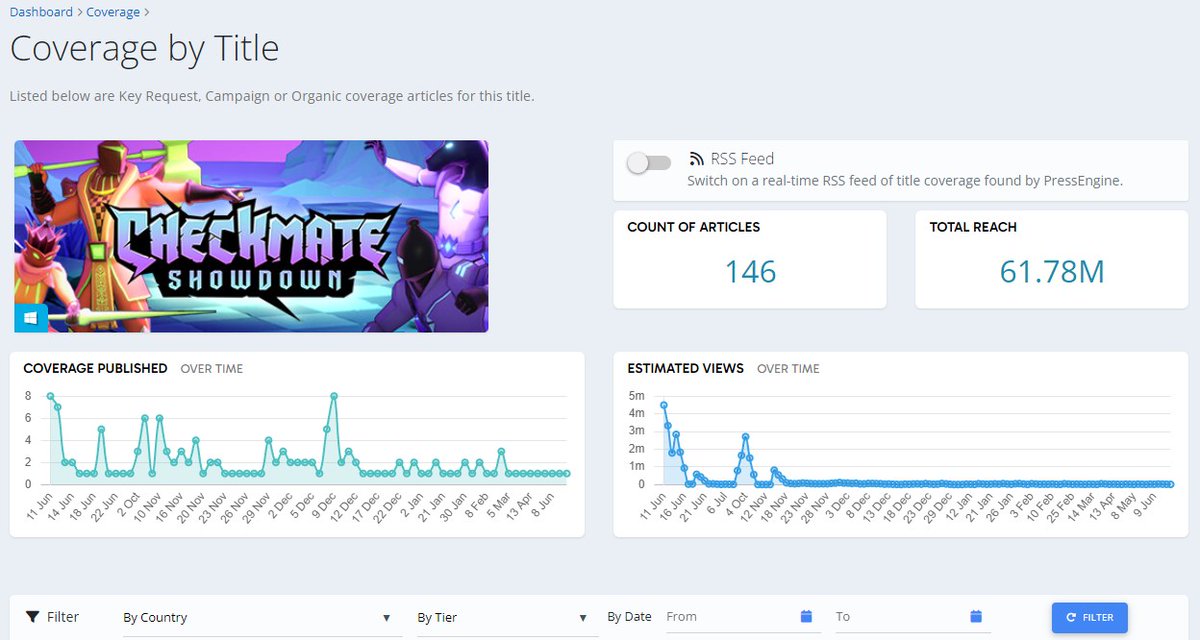
2. Keymailer (@Keymailer) 🔑✉️
Keymailer serves as a user-friendly marketplace for promoting your games and managing influencer campaigns. It keeps tabs on coverage by influencer allowing you to filter based on genre platform reliability and more. It’s like having a personal matchmaker for your game and its perfect influencer partners.
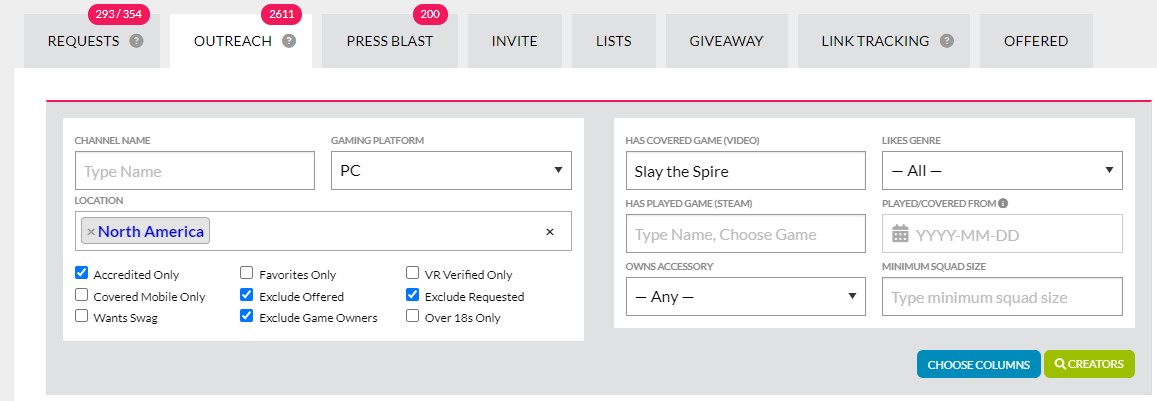

3. IndieBI 💰
This sales tracking tool monitors your games’ performance across multiple platforms. While it might stretch indie budgets a bit co-founder @DevRelCallum’s thread dives deep into its effectiveness: https://t.co/q17Zs6wJNc. It’s like having a financial advisor dedicated to your game’s success.

4. Gamalytic (@GamalyticSite) 📈📉
Proper market research can make or break a game’s success. Gamalytic boasts a massive database of 50k+ Steam games providing approximations for wishlist-to-sale ratios revenue player insights and comparables. It’s essentially a crystal ball for the gaming market.
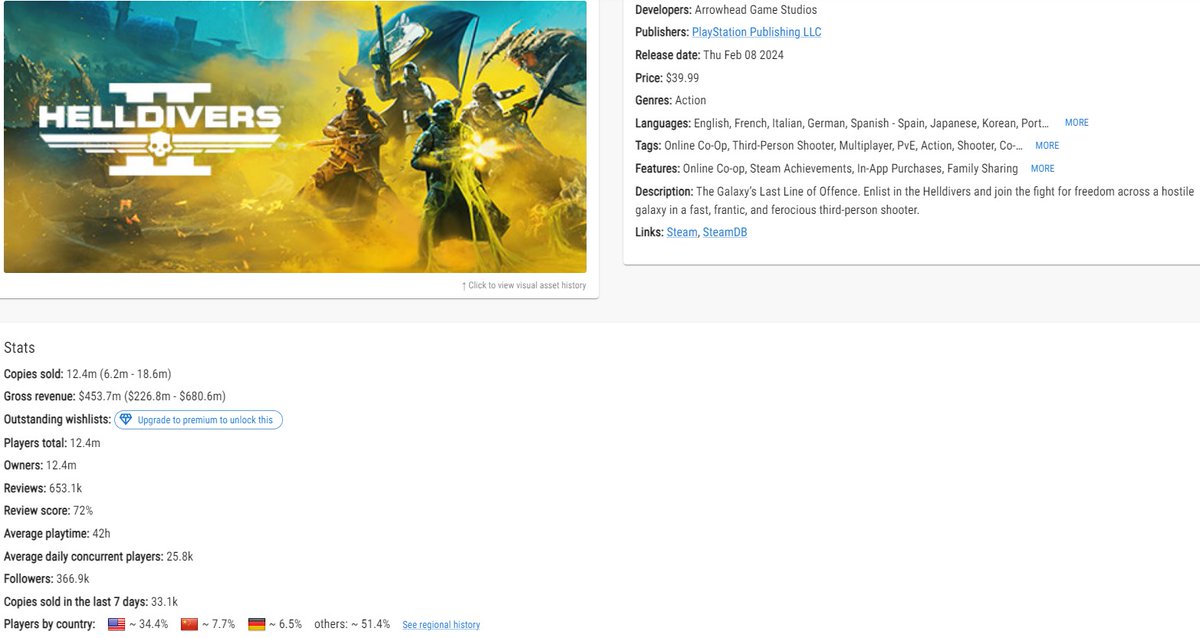
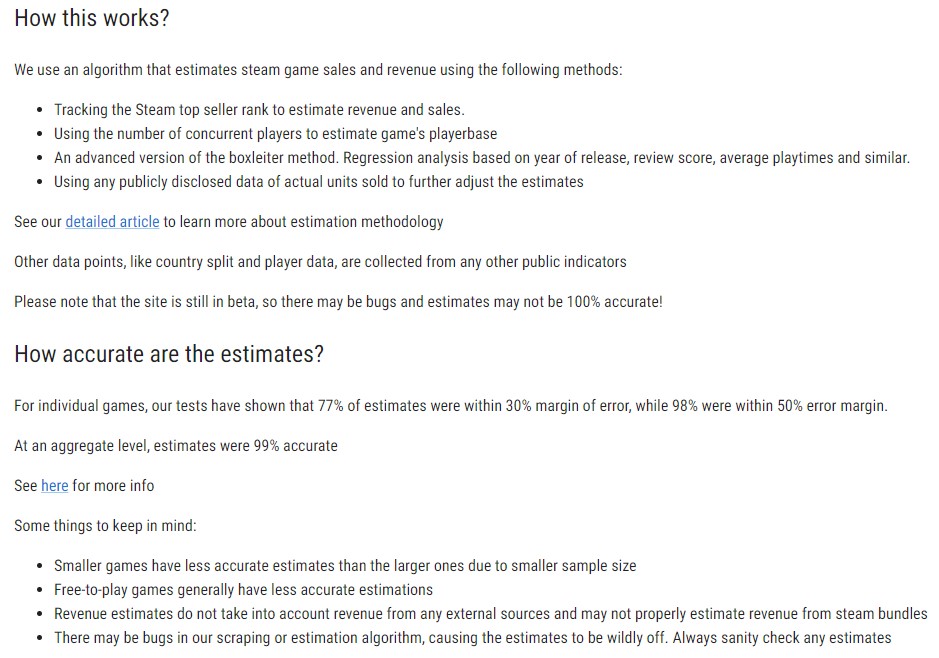
4.1. More Market Research tools 📊
These tools form your market research Swiss Army knife. Mix and match to find your perfect combo!https://games-stats.com/
5. 50gameslike
This tool lets you hunt for games similar to yours helping you understand how other studios marketed their creations. It’s like having a marketing mentor for your specific game genre.

6. Donuts Discord Academy 🍩
Craving knowledge on building a Discord server from scratch? Hunting for awesome bots to supercharge your community management? This resource offers a smorgasbord of Discord wisdom.
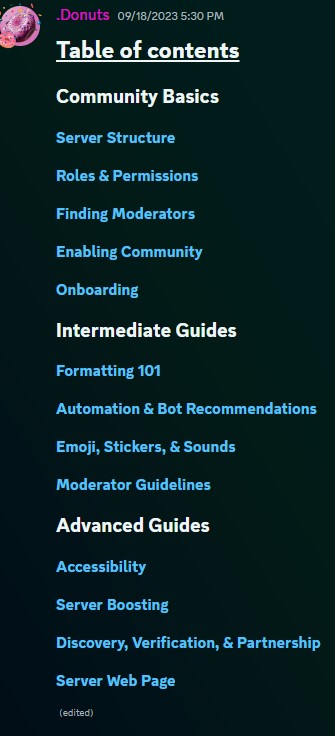
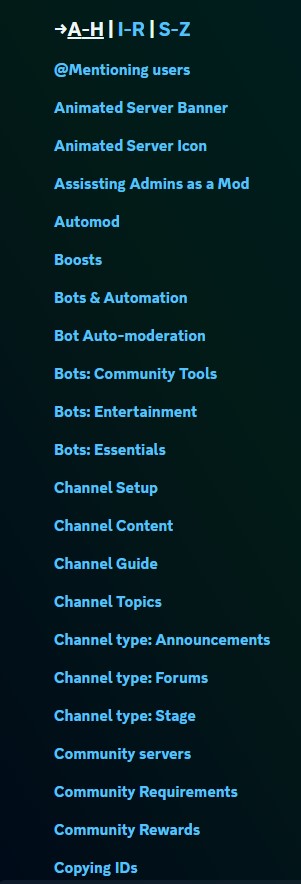

7. IMPRESS (@impressgames)
IMPRESS serves as an all-in-one indie game marketing toolkit. It covers influencer monitoring marketing analytics press kits and bonus Steam tools to boost your game’s business. Hats off to @ashleygwinnell for crafting these stellar tools!

8. SteamSAIL ⛵️
This tool analyzes Steam reviews by scraping recent feedback and feeding it to GPT for sentiment analysis and summarization. Kudos to @danpos_ for bringing this idea to life! While still in development it’s definitely one to watch.

9. Subreddit Analyzer
This clever tool sniffs out subreddits relevant to your input. For instance searching for r/indiefightinggames reveals associated subreddits with pink lines indicating stronger connections. It’s like a treasure map for Reddit communities.

10. Gumloop (@gumloop_ai)🤖🔁
Gumloop empowers you to create AI-driven workflows such as transforming YouTube videos into blog posts. While I’m just dipping my toes in the possibilities seem endless. Happy exploring captain!

Bonus 10 Tools to Supercharge Your Indie Game Marketing
Now that we’ve set the stage let’s dive into the meat and potatoes of this article: the essential tools that can help indie studios stand out from the crowd. These tools are designed to streamline your marketing efforts maximize your reach and ultimately get more players stoked about your game.
1. Social Media Management: Taming the Digital Beast
Social media is a double-edged sword for indie devs. It offers unparalleled access to potential players but can also be a huge time-suck. Enter social media management tools like Hootsuite or Buffer. These bad boys allow you to schedule posts monitor engagement and analyze performance across multiple platforms – all from one centralized dashboard.
By using these tools indie studios can maintain a consistent social media presence without sacrificing precious development time. Plus you can track which posts resonate with your audience and adjust your strategy accordingly. It’s like having a marketing team in your pocket!
2. Email Marketing Services: Building Your Fan Base
Don’t sleep on email marketing folks! It may seem old-school but it remains one of the most effective ways to nurture a loyal community around your game. Services like Mailchimp or Sendinblue make it easy to create targeted campaigns keep players in the loop and build hype for upcoming releases.
The best part? Email marketing can yield a mind-blowing return on investment – up to 400% according to some studies. That’s some serious bang for your buck especially for cash-strapped indie studios.
3. Game Trailer Editors: Crafting Your Visual Hook
First impressions matter and in the world of gaming a killer trailer can make or break your marketing efforts. Tools like Adobe Premiere Pro and Final Cut Pro give indie devs the power to create professional-grade trailers that showcase their game’s unique features and gameplay.
Remember: your trailer is often the first thing potential players will see. Make it count! A well-crafted trailer can generate buzz pique interest and set your game apart from the competition.
4. Analytics and Reporting Tools: Data-Driven Decision Making
Knowledge is power and in the world of indie game marketing data reigns supreme. Analytics tools like Google Analytics and Mixpanel provide invaluable insights into player behavior demographics and preferences.
By leveraging these tools indie studios can make informed decisions about their marketing strategies. You’ll be able to identify which campaigns are hitting the mark and which ones need tweaking. It’s like having a crystal ball that reveals what your audience really wants!
5. Influencer Marketing Platforms: Tapping into Existing Audiences
Influencer marketing has revolutionized the gaming industry and indie studios can ride this wave to success. Platforms like Upfluence or Traackr help connect developers with influencers who can showcase their games to a wider audience.
Collaborating with influencers can amplify your reach exponentially. Their followers trust their recommendations which can translate into increased interest and sales for your game. It’s like having a team of enthusiastic ambassadors spreading the word about your creation.
6. Community Engagement Apps: Fostering Player Connections
Building a thriving community around your game can lead to increased player retention and organic growth. Tools like Discord or Reddit provide spaces for fans to engage share experiences and offer feedback.
By actively participating in these communities indie devs can gain valuable insights foster a sense of belonging among players and turn casual gamers into die-hard fans. It’s all about creating a two-way street of communication and connection.
7. SEO Optimization Tools: Boosting Your Online Visibility
In the vast ocean of the internet search engine optimization (SEO) is your lighthouse guiding players to your game. Tools like Moz or Ahrefs can help indie studios optimize their websites and content for relevant keywords.
Effective SEO strategies ensure that when potential players search for games in your genre yours pops up on their radar. It’s like having a secret weapon that helps players discover your game organically.
8. Creative Design Software: Crafting Your Visual Identity
They say you shouldn’t judge a book by its cover but let’s be real – visuals matter in the gaming world. Software like Canva or Adobe Creative Cloud empowers indie studios to create eye-catching graphics logos and promotional materials.
A strong visual identity can set your game apart from the crowd and make it instantly recognizable. It’s about creating a cohesive brand that players can connect with and remember.
9. Press Release Distribution Services: Spreading the Word
Sometimes you gotta go old school to get noticed. Press release distribution services like PR Newswire and Business Wire can help indie studios get their announcements in front of media outlets and industry publications.
A well-crafted press release can generate buzz attract media attention and potentially lead to coverage in gaming publications and blogs. It’s like having a megaphone to shout about your game from the rooftops!
10. Crowdfunding Platforms: Funding Your Dreams
Last but not least crowdfunding platforms like Kickstarter or Indiegogo have become a crucial lifeline for many indie developers. These platforms not only help raise funds but also serve as powerful marketing tools building an initial fan base and generating buzz.
Successful crowdfunding campaigns can provide the financial backing needed to bring your game to life while also validating your concept and generating early interest. It’s like having a cheering squad of backers rooting for your success from day one.
Maximizing the Potential of Your Marketing Arsenal
Now that we’ve covered the essential tools let’s talk about how to squeeze every drop of potential out of them. It’s not just about having the right tools – it’s about using them strategically and creatively to make your indie game shine.
Tailoring Your Approach to Your Game’s Genre
One size definitely doesn’t fit all when it comes to indie game marketing. The tools and strategies that work for a quirky puzzle game might fall flat for a gritty survival horror title. It’s crucial to tailor your approach to your game’s specific genre and target audience.
For example if you’re developing a retro-style platformer you might focus on nostalgia-driven marketing campaigns that resonate with older gamers. On the flip side a cutting-edge VR experience might benefit from more tech-focused marketing channels and influencer partnerships.
Remember: understanding your audience is key. Us
e tools like Google Trends to research what makes your target players tick and tailor your messaging accordingly.
Integrating Multiple Marketing Channels for Maximum Impact
While each marketing tool has its strengths the real magic happens when you integrate multiple channels into a cohesive strategy. Think of it like a well-oiled machine where each part works in harmony to propel your game forward.
For instance you might use social media to tease exciting updates email marketing to nurture your existing fan base and influencer partnerships to reach new audiences. By creating a multi-pronged approach you can create a buzz that builds upon itself generating momentum for your game.
Pro tip: Don’t be afraid to get creative with your cross-channel promotions. Maybe a social media challenge that ties into your email newsletter or a Discord event that’s promoted through influencer streams. The possibilities are endless!
Monitoring and Adjusting: The Key to Long-Term Success
Here’s the thing about marketing: it’s not a “set it and forget it” kind of deal. The most successful indie studios are those that constantly monitor their marketing efforts and adjust their strategies based on real-time data.
Tools like Google Analytics are your best friend here. They provide invaluable insights into how players are interacting with your marketing content allowing you to double down on what’s working and tweak what isn’t.
Remember: flexibility is key. Don’t be afraid to pivot your strategy if the data suggests a new approach might be more effective. It’s all about staying agile and responsive to your audience’s needs and preferences.
Creative Approaches to Indie Marketing: Thinking Outside the Box
Now that we’ve covered the nuts and bolts of marketing tools let’s dive into some creative approaches that can help your indie game stand out from the crowd. After all in a market saturated with games sometimes it’s the unconventional strategies that make the biggest splash.
Storytelling: Weaving a Narrative That Captivates
Humans are hardwired for stories and indie games often have some of the most compelling narratives in the industry. Don’t just focus on gameplay mechanics or graphics – tell the story of your game’s development your inspiration or the world you’ve created.
Consider creating a dev blog or video series that takes players behind the scenes of your game’s creation. This not only generates interest but also builds a personal connection with your audience. People love to root for the underdog and indie devs often embody that spirit of creativity and determination.
Visual Content That Pops: Making Your Game Unforgettable
In a sea of game trailers and screenshots how do you make your visuals stand out? Think beyond traditional promotional materials. Create eye-catching infographics about your game’s lore character backstories or unique gameplay features.
Platforms like Instagram and TikTok are perfect for sharing bite-sized visually appealing content that can quickly go viral. Consider creating a unique visual style for your marketing materials that reflects your game’s aesthetic – this consistency can help build brand recognition.
Creating Viral Moments: Sparking Community Engagement
Sometimes the best marketing comes from your players themselves. Create opportunities for user-generated content that encourages players to share their experiences with your game.
For example you could launch a challenge where players recreate scenes from your game in real life or share their most epic in-game moments. Not only does this generate buzz but it also fosters a sense of community around your game.
Remember: authenticity is key. The most successful viral campaigns feel organic and align with your game’s spirit and values.
Case Studies: Indie Success Stories
Let’s take a look at some real-world examples of indie studios that have knocked it out of the park with their marketing strategies. These success stories can provide valuable inspiration and insights for your own marketing journey.

Case Study 1: “Stardew Valley” – The Power of Community Building
Eric Barone the sole developer behind the hit farming sim “Stardew Valley” leveraged community engagement to turn his game into a phenomenon. By actively participating in forums like Reddit and consistently updating players on development progress Barone built a loyal fanbase long before the game’s release.
Key Takeaway: Transparent and consistent communication with your audience can create a dedicated community that will champion your game.
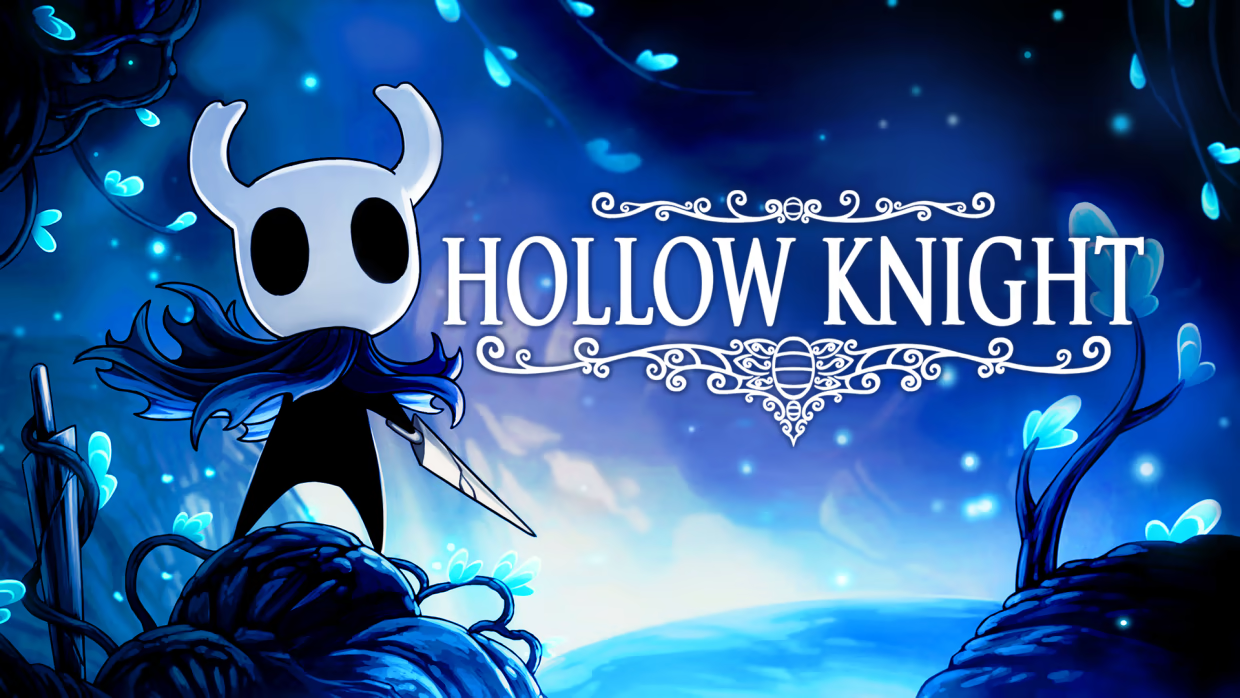
Case Study 2: “Hollow Knight” – Artful Visual Marketing
Team Cherry the developers behind the critically acclaimed “Hollow Knight” used stunning hand-drawn art to capture players’ attention. Their marketing materials from trailers to social media posts showcased the game’s unique visual style setting it apart in a crowded marketplace.
Key Takeaway: Leveraging your game’s unique artistic elements in marketing can create a strong visual brand that resonates with players.

Case Study 3: “Among Us” – Riding the Viral Wave
InnerSloth’s “Among Us” exploded in popularity thanks in large part to savvy influencer marketing. By getting the game into the hands of popular streamers and YouTubers “Among Us” generated organic buzz that led to massive player adoption.
Key Takeaway: Strategic partnerships with influencers can exponentially increase your game’s visibility and player base.

Conclusion: Charting Your Course to Indie Game Marketing Success
Marketing an indie game can feel like navigating uncharted waters but with the right tools and strategies you can steer your creation towards success. Remember it’s not about having the biggest budget or the flashiest ads – it’s about connecting with your audience in meaningful ways.
By leveraging the tools we’ve discussed tailoring your approach to your game’s unique qualities and staying nimble in your strategies you can create a marketing campaign that resonates with players and helps your game find its audience.
Remember: marketing is an ongoing process. Stay curious experiment with new approaches and always be ready to adapt. The indie game market is constantly evolving and so should your marketing strategies.
Most importantly don’t lose sight of why you started making games in the first place. Let your passion shine through in your marketing efforts. Authenticity and creativity are your secret weapons – use them wisely and watch your indie game soar to new heights! 🚀
Now go forth and conquer the indie game marketing world. Your masterpiece deserves to be played – it’s time to let the world know about it!
A game developer that wants to share its knowledge and experience with other game developers-

